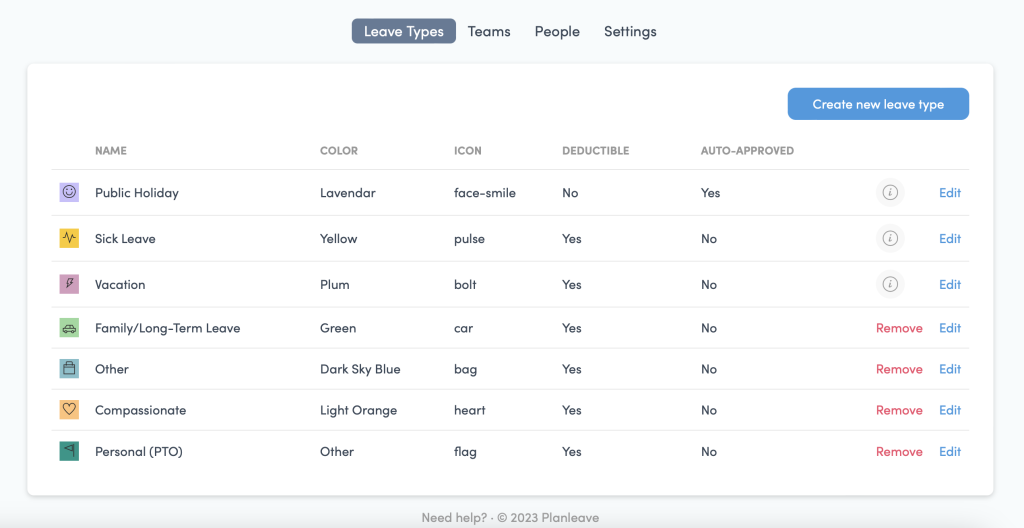In today’s dynamic work environment, employee well-being and work-life balance have gained significant importance. One key aspect of fostering a healthy work-life balance is the implementation of comprehensive leave policies. Leave policies vary across countries and organizations, influenced by cultural norms, legal requirements, and industry practices. In this blog post, we will provide a global overview of some of the most common company leave policies found around the world.
- Annual Leave: Annual leave, also known as vacation leave or paid time off (PTO), is a widely recognized leave policy across the globe. The number of days provided can vary depending on factors such as seniority, length of service, and local regulations. Many countries mandate a minimum number of annual leave days, typically ranging from 10 to 25 days per year.
- Sick Leave: Sick leave is another prevalent leave policy offered by companies worldwide. It allows employees to take time off when they are ill or require medical attention. The duration of sick leave can vary, with some organizations providing a fixed number of days per year, while others offer paid sick leave based on the employee’s tenure.
- Maternity and Paternity Leave: Maternity and paternity leave policies are designed to support employees during the birth or adoption of a child. While the duration and benefits associated with these policies vary significantly, many countries have established legal requirements to ensure a minimum period of leave for new parents. Maternity leave is typically longer than paternity leave, providing mothers with time to recover physically and bond with their newborns.
- Parental Leave: Parental leave policies go beyond maternity and paternity leave, recognizing that both parents play vital roles in child-rearing. These policies allow parents to take time off to care for their children, regardless of gender or biological connection. Parental leave durations can range from a few days to several months, with some progressive companies offering extended periods of paid leave to promote work-life balance and family values.
- Bereavement Leave: Bereavement leave provides employees with time off to grieve the loss of a close family member or loved one. The duration of bereavement leave varies, typically ranging from a few days to a week. However, the specific eligibility criteria and benefits associated with bereavement leave can differ significantly across countries and organizations.
- Public Holidays: Public holidays are specific days recognized by governments as non-working days to celebrate significant events or cultural traditions. While public holidays are not technically leave policies, they are an integral part of work-life balance. Companies generally observe public holidays and grant employees time off on these days, ensuring they have time to relax, spend time with family and friends, and participate in cultural or religious festivities.
- Personal/Unpaid Leave: Many companies offer personal or unpaid leave, allowing employees to take time off for personal reasons that may not fall under other leave categories. This type of leave is typically unpaid, but it provides flexibility for employees to address personal matters, such as attending to family obligations, pursuing education, or dealing with personal emergencies.
Leave policies play a crucial role in supporting employees’ well-being and promoting a healthy work-life balance. While the specific details and benefits of these policies can vary significantly across countries and organizations, the common leave policies discussed in this blog provide a framework for understanding the global landscape. As companies strive to attract and retain talent, implementing comprehensive and flexible leave policies is increasingly seen as a crucial aspect of fostering a positive and supportive work environment.
Planleave allows you to configure your leave policies so they fit your company, country or whatever specifics needed. We have standard ones built in but they can be edited, deleted or new ones can be set up. For more information visit www.Planleave.com




